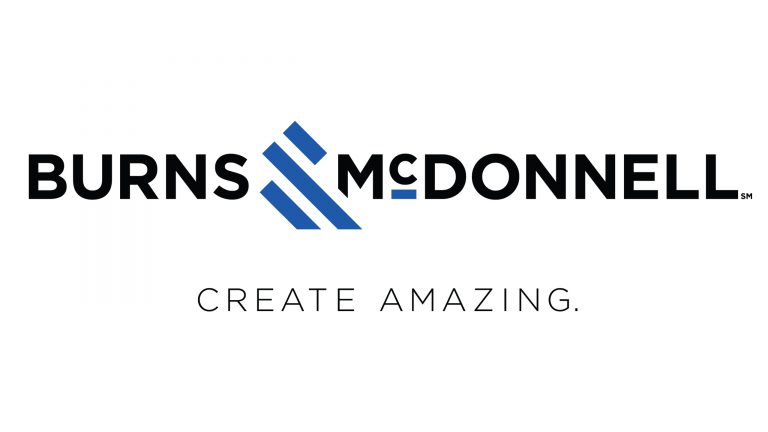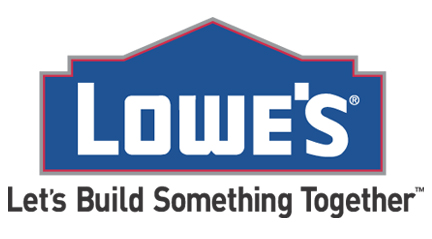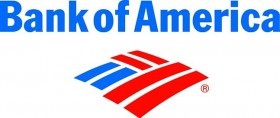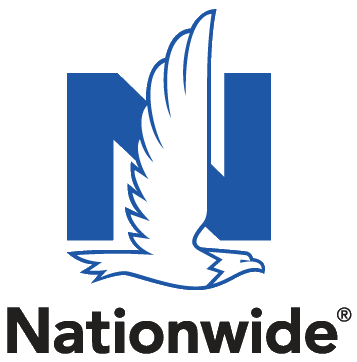This is an interview with an LP Executive at a leading food retailer. The company was having difficulty prioritizing security investments across their extensive nationwide property holdings. It was a challenge to allocate security funds exactly where they were needed within the constraints of a limited security budget. Using CAP Index’s crime risk data and custom risk modeling, they were able to:
- Identify which stores were at a higher risk to determine where to allocate security investments.
- Implement countermeasures that reduced crime and shrink substantially across the chain.
- Increase customer and employee perceptions of their own personal safety.
We are a major food retailer with 2,800 stores; 74,000 employees, and 14.5 million customers each week. Along with over 2,800 food stores, we also have numerous gas stations among other entities and for us, the problem is that there’s no one-size-fits-all way of understanding the risks in those environments.
With the size of our holdings and with all the security equipment and countermeasures, we needed to find an objective way to prioritize investment, the use of guards, and the investment in security equipment in order to best utilize our budget.
CAP Index’s Custom Risk Model
Adopting and annually updating the CAP Index crime risk model enables us to rank our stores and their level of risk which then allows us to build strategies to support those stores and our employees.
The model itself is built of two parts: There’s the crime risk model which CAP built for us using local data sets from the government which models an area’s propensity for social disorganization, and then there’s a second part that is more of the operational side.
In this second part, CAP uses our recorded crime data to help validate the information that is already in the model. Then they feed in key performance indicators, unrecorded loss or shrink, waste, loan loss, cash loss, labor turnover, etc. That allows CAP’s analysts to come up with a crime and loss model that is influenced by operational performance.
Cost Savings, Determining Operating Cost, Prioritizing Investments and Reducing Loss
Initially, we used the model to optimize our guarding. We were able to remove guarding from a number of areas and that generated significant savings, but at the same time, it also showed that we needed to invest in guarding in other areas.
We’ve also used the model to help identify where we need security equipment, which is part of the refit program. We refit stores every five to seven years so what we have done is built a specification for each of three risk ratings. So, a store with a low risk rating gets X and a store with a medium rating gets X + Y. Then, for an elevated risk rating, the store will get X, Y, and Z.
I’m now able to demonstrate that if we tackle our stores in the elevated risk category by installing specific equipment, we can reduce losses and shrink by 15-20%.
Over the last year, we’ve also started to use the model in other areas. One area is operating costs. By establishing a cost to operate in an area – and there is a direct correlation between shrink and the crime risk related to a store – we are able to identify where stores are performing above or below the average for a given area.
Investment in security equipment is always one of the first things to be removed from refits in times of financial hardship. But now we have identified a prioritized delivery investment program because a number of stores out there that need support. Through a pilot program I’m now able to demonstrate that if we tackle our stores in the elevated risk category by installing specific equipment, we can reduce losses and shrink by 15-20%. We’re also able to reduce crime, which means that operations will be more effective. So now I can actually quantify a cash value against the pilot program and clearly show a substantial return on investment.
Location Selection
Using the risk model to establish the cost to operate in an area, we then use regression analysis from the stores in that area to determine what support and equipment are required and what ongoing losses or incidents we’re likely to have in that store. That helps us understand the operational cost, which ultimately could make or break whether we continue pursuing that location. This also gives tremendous leverage when negotiating with landlords.
Safety Perception through Reducing Crime
Reducing crime makes the store a nicer place to work. If employees are happy at work, that obviously translates into the customer’s experience as well. We ran a proof of project and personal safety perception improved by 35%. Instances of crime were reduced by 50-60%. So as we move into the priority delivery phase, we use the risk model to identify areas to focus on because they will give the best returns. Now, when it comes to ROI, by identifying those key areas, we should be able to repay that investment in 12 to 18 months.
We ran a proof of project and personal safety perception improved by 35%. Instances of crime were reduced by 50-60%.
Employee Training
We’re not just using the model to allocate technology. We’re also using it to identify where to invest in behavioral training for employees. We want to deter crime not just react to it, so we prioritize that behavioral training program for our 800 most vulnerable stores.
Putting It All Together
The CAP risk model has been invaluable to us. The game-changer for us is how we’ve used the crime risk model to drive our priority investment program for equipment,
behavior training, and our flexible guarding model. That’s how we use it, combining assets and technology to deliver a platform that creates a safer place for employees to work in and a better customer experience.
Doing business with CAP Index, who are the experts in the field, is very pleasurable. They have a lot of foresight and because of that the business now has a lot of foresight. In the past, the person who shouted the loudest got the most attention but now I have objective data that allows me to show the bigger picture. We’re doing the right thing and we’re moving traditional loss prevention techniques and practices forward by using the opportunity that big data has given us. I think it’s good for once to be on the leading edge of something. Using the CAP Index product and using it for more than one idea enables me to be ahead of the curve, and that’s a great thing to be.
Get in Touch Now
Our experts can answer your questions.
Other Case Studies

CAP Reports are critical to my risk assessments. They have enabled us to take a more surgical approach to investing in our stores that need it the most.
Brad Reeves
Senior Manager of Asset Protection
Five Below, Inc.

CAP Index is the first tool I turn to when time is of the essence. I can always depend on CAP Index to provide me qualified crime information within a very few minutes that I feel comfortable reviewing with the C-Suite.
Stephen A. Brown, CPP
Director, Corporate Security / Facility Security Officer
Burns & McDonnell

CAP Index data is a vital part of our security decision-making process.
Keith McGlen, CPP, CHPA
Associate Vice President
System Security Services
Memorial Hermann Health System

CRIMECAST® Reports have helped our organization for many years to proactively assess the particular risk for crime surrounding our facilities. The CAP Index® CRIMECSAST Platform is an easy-to-use online service that provides us with the flexibility to share and decentralize crime risk data within our North America business units.
Carlos J. Cortez,
Manager, Global Security Programs,
Kraft Foods, Inc. / Mondelez International

Our property selectors are not discouraged from a site just because it receives a high score. What we do is issue every store – all of them – a security classification. The classification determines how we allocate our security resources to that store.
Claude Verville,
Lowe’s

CAP Index's online platform, CRIMECAST, is great. It is easy to use and quick!
Ken Wieczorek,
Bank of America

In industries where there is high public contact and a customer is coming to our location (such as retail), why would you leave it to chance when planning security when there is an easy, affordable tool? When investing a million dollars on a location, what is this small charge compared to what it may cost you when you get sued?
Jay Beighley,
Nationwide Insurance

CAP Index assessments are a must for anyone engaged in asset protection. The new website is much improved and as important, easy to navigate.
Bruce List,
The Williams Companies

We have been using CAP Index for a few years and include it in our security vulnerability assessments. Highly recommend it.
Dan Yaross
Director, Protective Services
Nationwide Children's Hospital
 Sample CRIMECAST Reports
Sample CRIMECAST Reports